
Mitsubishi Endeavor

Photos

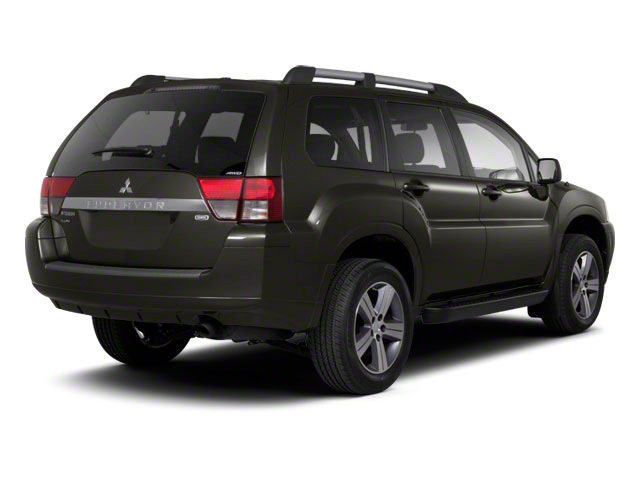
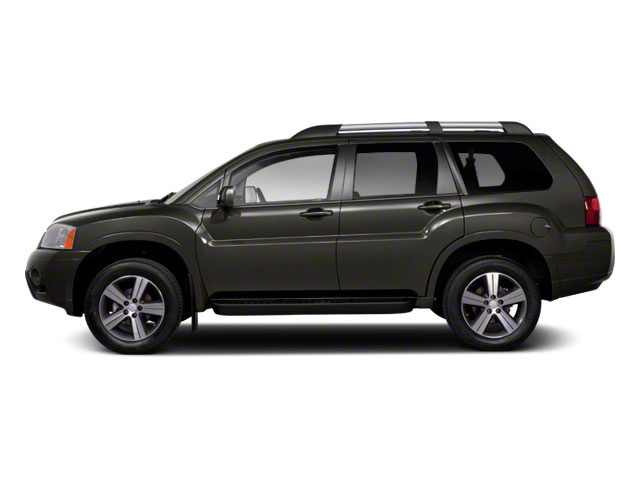
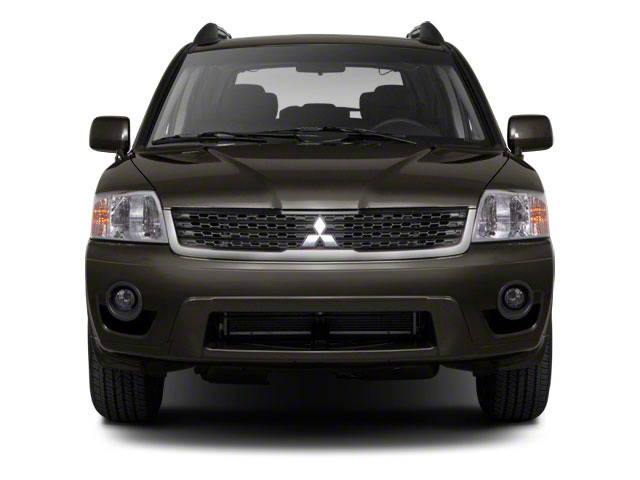

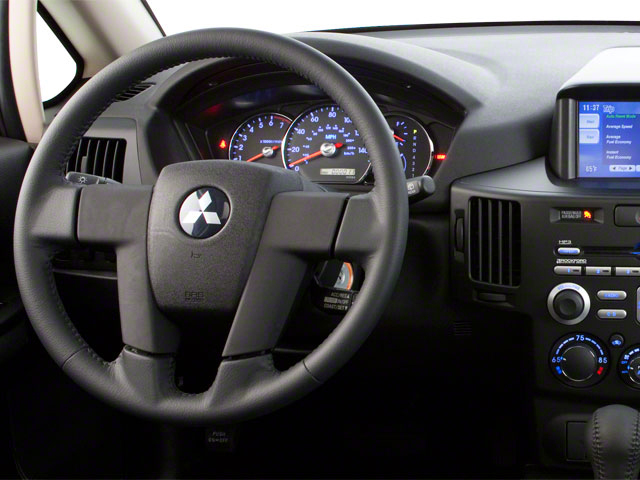
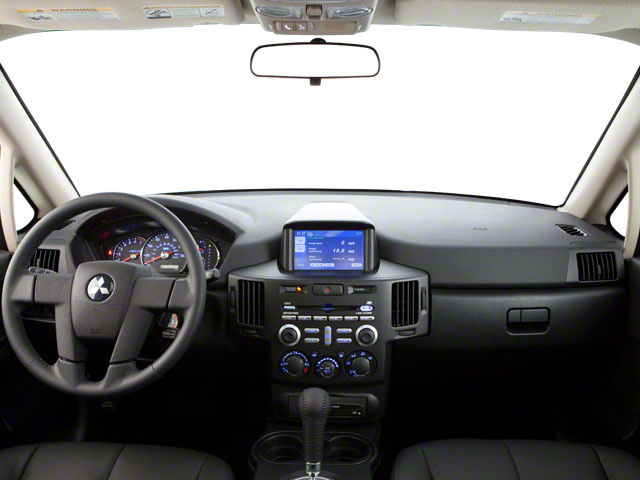
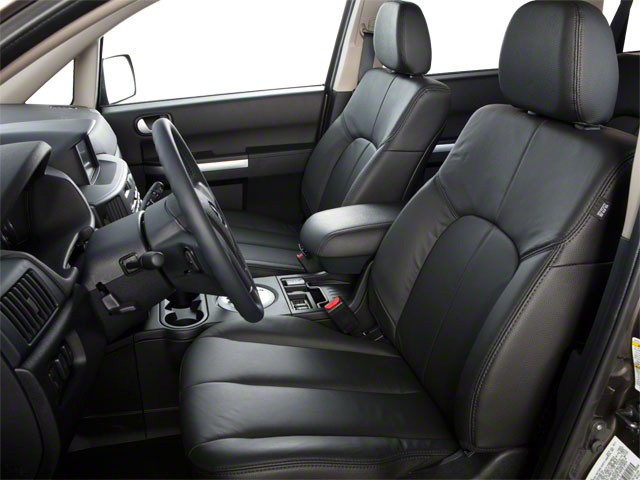
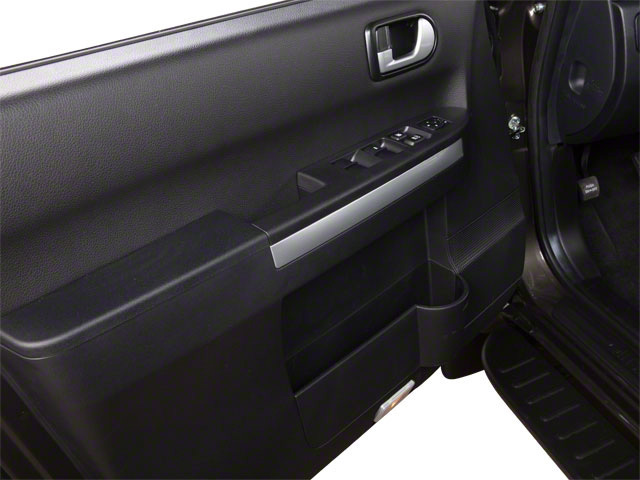
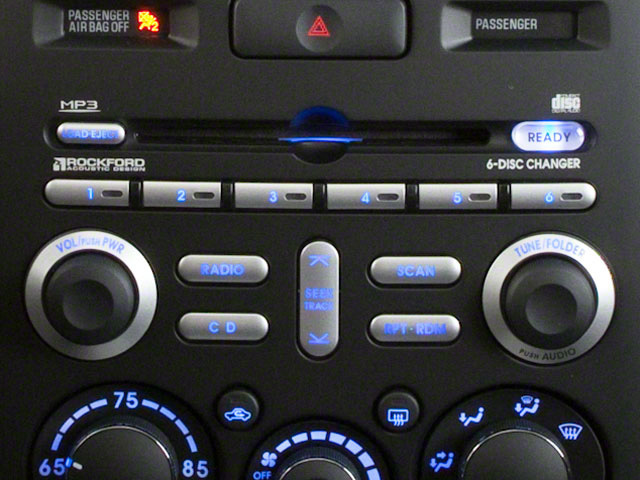


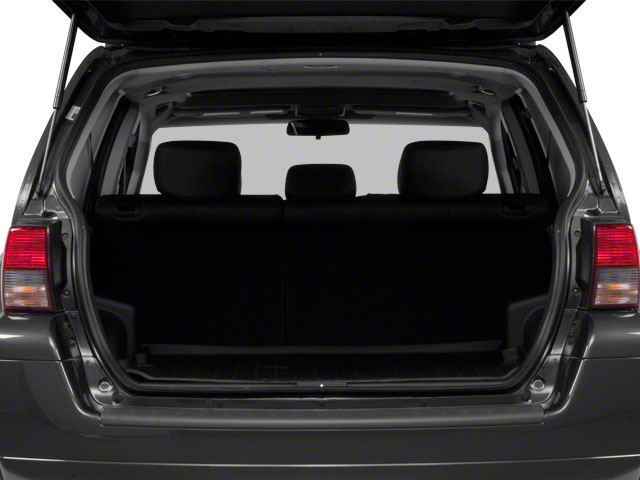

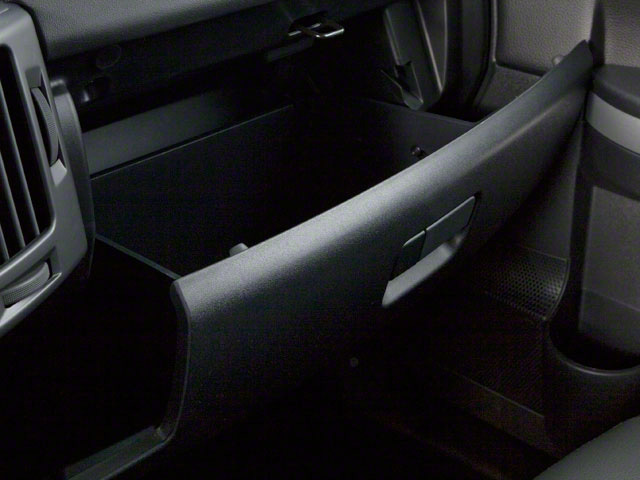

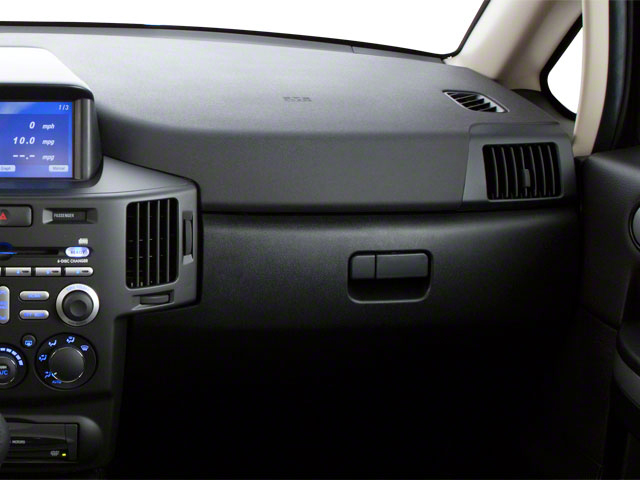
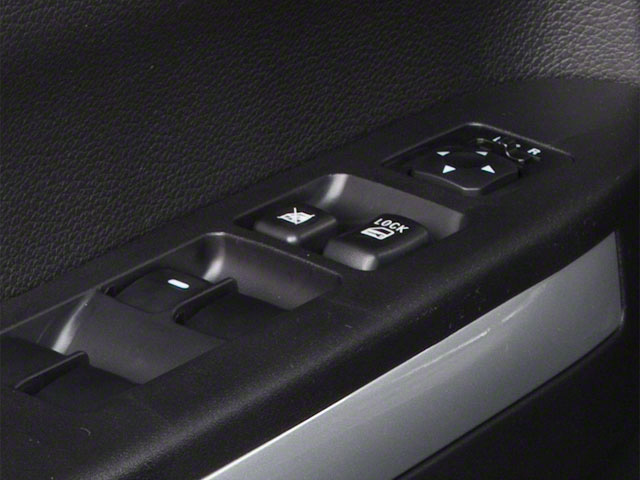
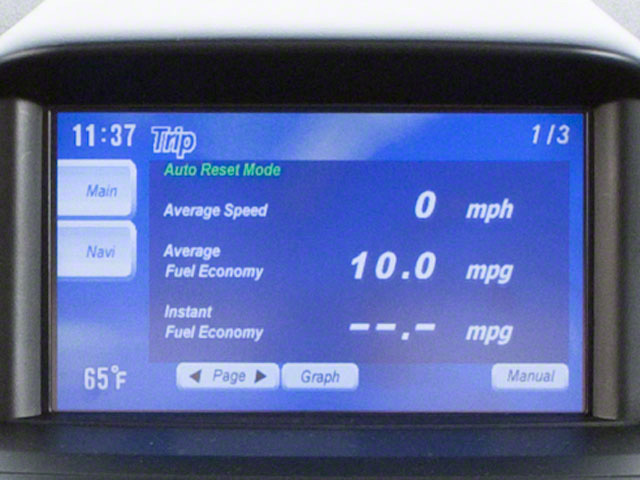
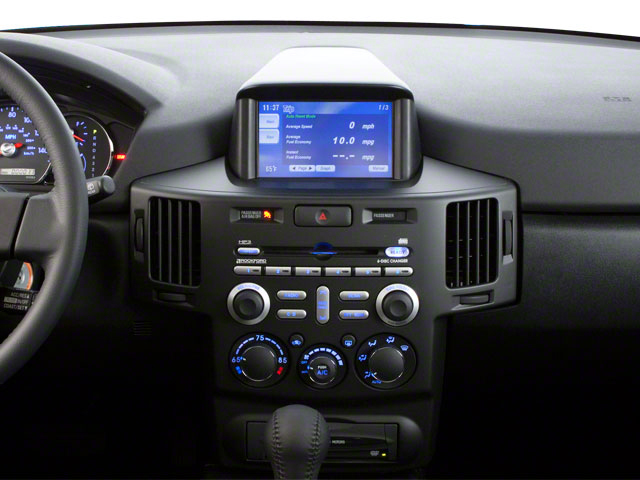




















Reviews and News
There are no reviews and news for Mitsubishi Endeavor
Owner Scores
Comfort
N/A
Performance
N/A
Fuel Economy
N/A
Interior Design
N/A
Exterior Styling
N/A
Reliability
N/A
Owner Reviews
Hambooneh
Very reliable SUV
May 24, 2017
Overall Score
I have had this SUV for about 4 years and I just needed to change the oil and filters on it. It is one of the most reliable SUVs I have ever owned.
Comfort
8
Performance
8
Fuel Economy
6
Interior Design
6
Exterior Styling
6
Reliability
10
Recall Information
* Data provided by Transport Canada
Recall number
Recall date
System affected
Model year(s) affected
Recall number
2024-554
Recall date
2024-09-19
System affected
Label
Model year(s) affected
2010 2011
Manufacturer Recall Number:
Units Affected:
258,000
Notification Type:
Inconsequential
Issue:
On certain vehicles, the compliance label may be missing information in French. The words and abbreviations listed on the label for "TIRES", "RIMS", "WITH", "FR" and "RR" and appear in English only, when they should be listed as "TIRES/PNEUS", "RIMS/JANTES", "WITH/AVEC", "FR/AVT" and "RR/ARR". Canadian regulations require this information to be listed on the label in both English and French.
Safety Risk:
These small errors do not affect vehicle safety.
Corrective Actions:
This is not a recall. Mitsubishi has corrected the compliance label for all new vehicles.
Recall number
2011-012
Recall date
2011-01-10
System affected
Fuel Supply
Model year(s) affected
2004 2005 2006 2007 2008 2009 2010
Manufacturer Recall Number:
SR-10-002
Units Affected:
4,969
Notification Type:
Recalls Audit
Certain vehicles, operated in areas where road salts are frequently used in winter, may be exposed to road debris (mud) mixed with road salt. This material can become trapped between a reinforcing bracket and the fuel filler pipe, potentially causing corrosion. Over time, corrosion could create a leak in the fuel filler pipe that could result in fuel leakage when fueling the vehicle. Fuel leakage, in the presence of an ignition source, could result in a fire causing property damage and/or personal injury. Correction: Dealers will replace the fuel filler pipe of vehicles equipped with the first-generation version. Vehicles assembled with the second-generation filler pipe will be inspected and, if severe corrosion on the fuel filler pipe is observed, the pipe will be replaced with a third-generation version. For vehicles where corrosion of the fuel filler pipe is not observed, an anti-corrosion wax-like material will be applied to the filler pipe, and the inner wheel well shield will be replaced with an updated part that provides improved protection against mud intrusion and accumulation.
** Note: This recall supersedes recall 2010050.**
Recall number
2010-362
Recall date
2010-10-21
System affected
Heater And Defroster
Model year(s) affected
2006 2007 2008
Manufacturer Recall Number:
SR-10-003
Units Affected:
797
Notification Type:
Safety Mfr
On certain vehicles, the software programming in the Heating, Ventilation, Air Conditioning (HVAC) controller may allow a combination of numerous data inputs to temporarily overload the calculation capacity of the controller, resulting in incorrect signals to be transmitted to the heater case mode door. This may cause the mode door to move to unselected positions during heater operation until the controller recovers and returns to proper operation. Over time, this excessive movement may damage the mode door shaft. These conditions could affect defroster performance, resulting in delayed clearing of the windshield, which could compromise safe vehicle operation and increase the risk of a crash. Correction: Dealers will replace the HVAC controller assembly, inspect the mode-door shaft for possible damage, and repair the mode-door shaft if necessary.
Recall number
2010-050
Recall date
2010-03-01
System affected
Fuel Supply
Model year(s) affected
2004
Manufacturer Recall Number:
SR-10-002
Units Affected:
1,242
Notification Type:
Safety Mfr
Certain vehicles, operated in areas where road salts are frequently used in winter, may be exposed to road debris (mud) mixed with road salt. This material can become trapped between a reinforcing bracket and the fuel filler pipe, potentially causing corrosion. Over time, corrosion could create a leak in the fuel filler pipe that could result in fuel leakage when fueling the vehicle. This situation may result in a fire causing property damage, personal injury or death. Correction: Dealers will replace the fuel filler pipe and associated parts with new, improved parts. Note: This recall is superseded by recall 2011012.
Recall number
2008-374
Recall date
2008-10-10
System affected
Other
Model year(s) affected
2005 2006 2007
Manufacturer Recall Number:
SR08-005
Units Affected:
2,366
Notification Type:
Safety Mfr
On certain vehicles, the bracket that is the anchor point for the left rear fuel tank mounting strap may have been improperly formed during the manufacturing process. This may have caused the metal to spilt in the area where the bolt holds the fuel strap to the underside of the vehicle. In the event the tank is full of fuel and the vehicle is involved in a serious collision the bracket could break and the tank could drop down. This situation could result in a fuel leak and the possibility of a fire. Correction: Dealers will inspect and if necessary install a reinforcement cap to the fuel tank bracket.
Recall number
2008-100
Recall date
2008-03-25
System affected
Other
Model year(s) affected
2004 2005 2006 2007 2008
Manufacturer Recall Number:
SR08-003
Units Affected:
4,353
Notification Type:
Safety Mfr
On certain vehicles, the ignition key interlock cable may allow the interlocking cam to fall forward and allow the ignition key to be removed from the ignition when the gearshift mechanism is not in the PARK position. If the driver does not shift to PARK before removing the key, and fails to engage the parking brake, the vehicle could roll and a crash could occur. This could result in property damage, personal injury or death. Correction: Dealers will affect repairs.
Recall number
2008-017
Recall date
2008-01-18
System affected
Seats And Restraints
Model year(s) affected
2006 2007
Manufacturer Recall Number:
SR-08-001
Units Affected:
468
Notification Type:
Safety Mfr
On certain vehicles, the passenger-side outboard seatbelt anchor may separate during a vehicle crash. As a result, the seat occupant may not be properly restrained, increasing the risk of personal injury or death. Correction: Dealers will replace the right front seatbelt assembly.
Recall number
2006-056
Recall date
2006-03-09
System affected
Brakes
Model year(s) affected
2005
Manufacturer Recall Number:
SR-06-001
Units Affected:
122
Notification Type:
Safety Mfr
On certain vehicles, the metal used to manufacture the front disc brake caliper may be brittle due to improper metallurgy. This could lead to breakage of the brake caliper and subsequent unexpected partial loss of braking force. Unexpected partial loss of braking force could result in a vehicle crash. Correction: Dealers will inspect and, if required, replace the front brake calipers.
Recall number
2005-268
Recall date
2005-09-16
System affected
Brakes
Model year(s) affected
2005
Manufacturer Recall Number:
SR-05-005
Units Affected:
122
Notification Type:
Safety Mfr
On certain vehicles, the brake master cylinder was improperly assembled which can result in reduced braking pressure and increase brake pedal stroke. Should this condition occur, the braking distance required to stop the vehicle will increase and may lead to a vehicle crash. Correction: Dealers will replace the brake master cylinder.
Recall number
2005-047
Recall date
2005-02-25
System affected
Brakes
Model year(s) affected
2004 2005
Manufacturer Recall Number:
SR-05-001
Units Affected:
1,376
Notification Type:
Safety Mfr
On certain vehicles, the parking brake pedal cable lock nut may not have been tightened to the proper torque specification during assembly. The lock nut may loosen and come off, which will reduce the effectiveness of the parking brake. This condition could allow the vehicle to roll if the automatic transmission is not placed into the PARK position. Correction: Dealers will tighten the lock nut.
Recall number
2004-254
Recall date
2004-07-19
System affected
Powertrain
Model year(s) affected
2004
Manufacturer Recall Number:
SR-04-009
Units Affected:
878
Notification Type:
Safety Mfr
On certain vehicles, the retaining bolts that attach the propeller shaft to the center bearing flange and/or the rear differential flange may be missing, not sufficiently tightened or over tightened. If the retaining bolts were to fall out, the drive to the rear wheels may be interrupted. In the worst case, the drive shaft may fall down, increasing the potential for a vehicle crash. Correction: Dealers will install new retaining bolts.
Recall number
2004-253
Recall date
2004-07-19
System affected
Seats And Restraints
Model year(s) affected
2004
Manufacturer Recall Number:
SR-04-006
Units Affected:
3
Notification Type:
Safety Mfr
On certain vehicles, the rear foot of the driver's side seat bracket may develop a crack, resulting in reduced strength of the seat anchorage. In the event of a crash, the seat could become detached, increasing the risk of occupant injury. Correction: Dealers will inspect the driver's seat bracket to determine whether it requires replacement.
Select Another Vehicle

